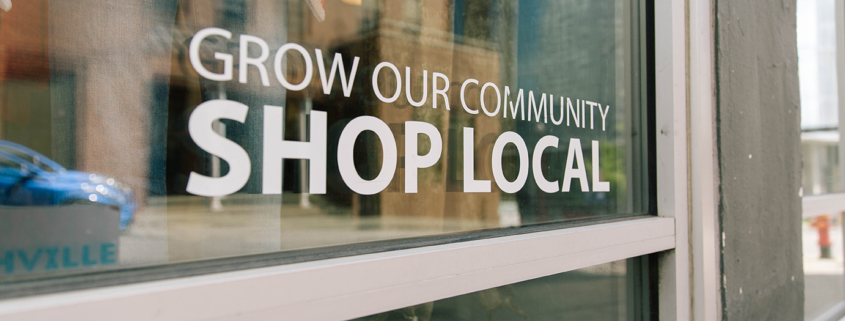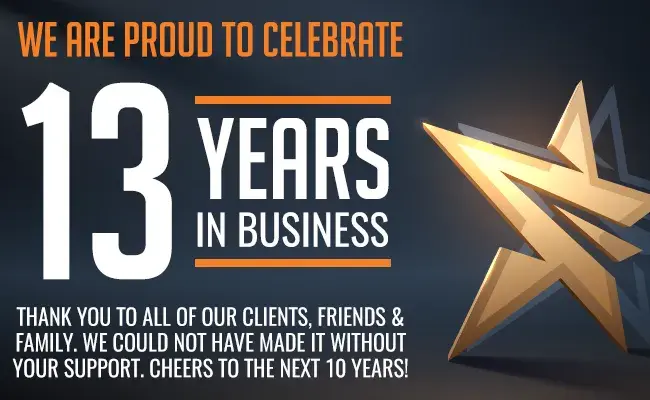Unlocking the Secrets to Finding the Best Local Web Designer
Unlocking the Secrets to Finding the Best Local Web Designer
Are you struggling to find the perfect local web designer for your business? Look no further. In this article, we will unlock the secrets to finding the best local web designer, ensuring your website stands out from the competition.
Whether you need a complete website overhaul or a simple redesign, partnering with a skilled web designer is essential. But with so many options available, how do you know which one is the right fit for your needs?
Finding a local web designer offers many advantages. Not only can you meet face-to-face, but they also have a deep understanding of the local market and can tailor their designs accordingly.
To ensure you make the best choice, we’ll explore key factors to consider when searching for a local web designer. From their portfolio, experience, and client testimonials to their communication skills and pricing structure, we’ll cover it all.
Unlock the secrets to finding the best local web designer and create a website that leaves a lasting impression on your visitors. Let’s get started!
Importance of having a professional website
In today’s digital age, having a professional website is crucial for the success of any business. Your website serves as the online face of your company, providing potential customers with a glimpse into what you have to offer. A well-designed website not only attracts visitors but also keeps them engaged and encourages them to take the desired actions.
A professional website not only enhances your online presence but also instills trust and credibility among your target audience. It showcases your expertise, showcases your products or services, and establishes your brand identity. With the increasing reliance on the internet for information, having a website that stands out from the competition is more important than ever before.
What is a local web designer?
A local web designer is a professional who specializes in creating websites for businesses in a specific geographic area. Unlike remote web designers, local web designers are physically located in close proximity to your business, allowing for face-to-face meetings and better collaboration. They have a deep understanding of the local market and can tailor their designs accordingly to ensure they resonate with your target audience.
Local web designers bring a unique perspective to the table. They are familiar with the local culture, preferences, and trends, which enables them to design websites that appeal to the local population. By leveraging their expertise, a local web designer can create a website that not only looks stunning but also drives results for your business.
Benefits of hiring a local web designer
Partnering with a local web designer offers numerous advantages that can greatly benefit your business. Firstly, the ability to meet face-to-face allows for better communication and a more personalized approach. You can discuss your requirements, provide feedback, and have a clear understanding of the progress throughout the website development process.
Additionally, a local web designer has a better understanding of the local market dynamics. They know what works and what doesn’t, enabling them to create a website tailored to the preferences of your local audience. This localized approach can give you a competitive edge and help you establish a stronger connection with your target market.
Another benefit of hiring a local web designer is the convenience they offer. Being in the same time zone and having a nearby physical location means that they are more accessible and responsive. In case of any technical issues or urgent updates, you can count on them to provide timely support.
How to find the best local web designer
Finding the best local web designer requires careful research and consideration. To ensure you make the right choice, follow these key steps:
Researching Local Web Designers
Start by conducting thorough research to identify the local web designers in your area. Look for designers who have a strong online presence, a well-designed website, and positive reviews from previous clients. Take note of their expertise, portfolio, and areas of specialization.
Evaluating Portfolio and Previous Work
Once you have shortlisted a few potential web designers, evaluate their portfolios and previous work. Pay attention to the design aesthetics, user experience, and functionality of the websites they have created. Look for websites that align with your vision and industry. This will give you an idea of the designer’s style and capabilities.
Considering Client Testimonials and Reviews
Client testimonials and reviews provide valuable insights into the quality of work and customer satisfaction a web designer delivers. Look for testimonials on their website, social media platforms, and third-party review sites. Pay attention to any recurring themes or issues mentioned by clients. This will help you gauge the designer’s professionalism, reliability, and ability to meet deadlines.
Meeting with Potential Web Designers
Arrange face-to-face meetings with the potential web designers on your shortlist. This will allow you to assess their communication skills, understand their work process, and discuss your project requirements in detail. Use this opportunity to ask questions, seek clarifications, and get a feel for their working style. A good web designer should be able to listen to your ideas, offer suggestions, and provide a clear plan of action.
Comparing Pricing and Services
Finally, compare the pricing and services offered by different web designers. While cost is an important factor, remember that quality should be the top priority. Consider the value you will receive for your investment and weigh it against your budget. Look for web designers who offer transparent pricing, flexible payment options, and ongoing support after the completion of the project.
Researching local web designers
Unlock the secrets to finding the best local web designer and create a website that leaves a lasting impression on your visitors. By understanding the importance of having a professional website, the role of a local web designer, and the benefits they bring, you can make an informed decision that aligns with your business goals.
Take the time to research local web designers, evaluate their portfolios and client testimonials, meet with potential candidates, and compare pricing and services. By following these steps, you can find the perfect local web designer who will bring your vision to life and help your business thrive in the digital world. Don’t settle for anything less than the best – your website deserves it.
Evaluating portfolio and previous work
When it comes to finding the best local web designer, the first step is to conduct thorough research. Start by searching online for web designers in your local area. Look for designers who have a strong online presence and a portfolio that showcases their work. Take note of the websites they have designed and see if their style aligns with your vision.
Next, delve deeper into their websites and social media profiles. Look for information about their experience, qualifications, and the types of clients they have worked with. This will give you valuable insights into their expertise and whether they have the skills to meet your specific needs.
Considering client testimonials and reviews
Once you have compiled a list of potential web designers, it’s time to evaluate their portfolios and previous work. A web designer’s portfolio is a window into their design style and capabilities. Take the time to browse through their previous projects and assess the quality of their work.
Pay attention to the overall aesthetics of the websites they have designed. Are they visually appealing? Do they have a modern and professional look? Consider whether their designs align with your brand image and target audience. Look for evidence of their ability to create user-friendly and intuitive websites.
In addition to aesthetics, consider the functionality and performance of the websites they have created. Check if the websites are responsive, meaning they adapt seamlessly to different screen sizes. Test the load times of the websites to ensure they are fast and optimized for a smooth user experience.
Meeting with potential web designers
Client testimonials and reviews are invaluable when it comes to evaluating the reputation and reliability of a local web designer. Look for testimonials on their website and search for reviews on third-party platforms such as Google or social media.
Pay attention to the specific feedback provided by clients. Are they satisfied with the web designer’s communication and responsiveness? Did the designer meet deadlines and deliver the desired results? Reading through client experiences will give you a sense of what it’s like to work with the designer and whether they are a good fit for your project.
Comparing pricing and services
After narrowing down your options based on portfolio and client feedback, it’s time to meet with potential web designers. Schedule face-to-face meetings or video calls to discuss your project in detail. This step is crucial as it allows you to gauge the designer’s communication skills, professionalism, and understanding of your requirements.
During the meeting, ask the web designer about their design process and how they approach projects. Are they open to collaboration and incorporating your ideas? Do they ask insightful questions to gain a deeper understanding of your business and target audience? A good web designer should be able to translate your vision into a visually appealing and functional website.
Conclusion
While finding a web designer who fits your budget is important, it should not be the sole factor in your decision-making process. Consider the value you will receive for the price quoted. A higher price tag may be justified if the designer offers additional services such as ongoing website maintenance or SEO optimization.
Request detailed quotes from each designer and compare what is included in their package. Look for transparency in pricing and make sure there are no hidden costs. Consider the long-term implications of your investment and choose a web designer who offers a fair balance between quality and affordability.





